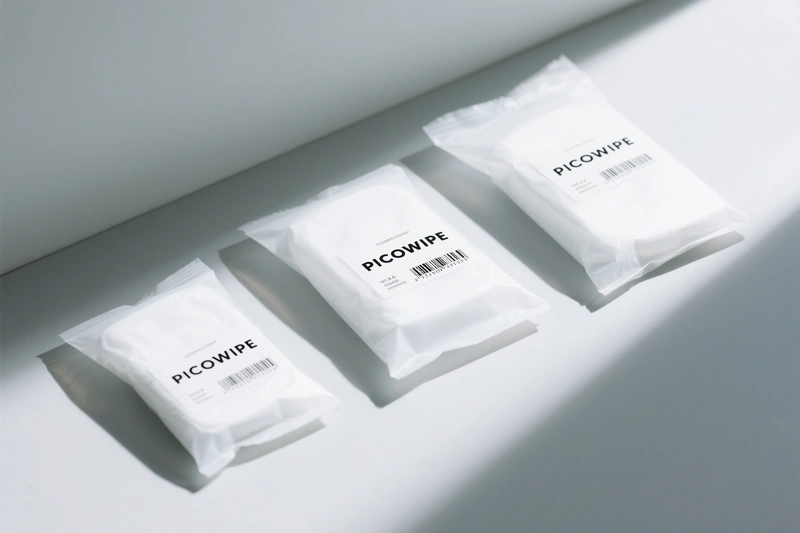By [email protected] — Charting the depths of expertise
Analysis of the Principle of Antistatic Agents Added During Ultrapure Water Rinsing
Adding an antistatic agent during the ultrapure water rinsing process for cleanroom wipes (typically in the final rinse or as a post-treatment step), or spraying it directly onto the product, follows a core principle: to prevent the buildup of static charge on the wipe's surface, thereby avoiding the risks of contamination attraction and electrostatic discharge (ESD).
Cleanroom wipes, especially those made from synthetic fibers like polyester, are inherently insulating materials. Friction during production, cleaning, drying, and use (such as wiping actions or air flow) causes the fiber surfaces to gain or lose electrons, leading to the generation and accumulation of static charge—a phenomenon known as the triboelectric effect.
The accumulation of static charge on cleanroom wipes leads to the following main problems:
Attraction of Particulate Contaminants: A statically charged wipe acts like a magnet, attracting dust and micro-particles from the environment, which degrades its cleanliness and compromises its effectiveness in a clean environment. Electrostatic Discharge (ESD) Risk: When wiping static-sensitive electronic components or devices, the accumulated static charge can discharge instantaneously, damaging sensitive components. Operational Inconvenience: Static cling can cause wipes to stick to each other or to other surfaces, making them difficult to handle.
The working principle of antistatic agents is as follows:
Antistatic agents are typically surfactants that eliminate or reduce static through one or more of the following mechanisms:
Increasing Surface Conductivity: Hygroscopicity: Many antistatic agents are highly hygroscopic. They attract water molecules from the air to form an ultra-thin, continuous conductive water film on the fiber surface. The presence of water increases the surface's ion concentration and mobility, allowing static charges to conduct away and dissipate more quickly, preventing localized high-charge buildup. Ionic Conduction: Some antistatic agents are ionic compounds themselves. They dissociate into ions on the wipe's surface, forming a conductive layer that increases the surface's electrical conductivity and allows static charges to leak away. Reducing the Coefficient of Friction: Antistatic agent molecules can form a lubricating film on the fiber surface, reducing friction between fibers and between the fibers and other objects, thus minimizing the generation of static charge at the source. Neutralizing Charge: Some antistatic agent molecules may carry a charge opposite to the static charge on the wipe's surface, eliminating the static through direct neutralization.
Combining Ultrapure Water Rinsing with Antistatic Agents:
Ultrapure Water (UPW) is widely used for rinsing cleanroom wipes due to its extreme purity (extremely low levels of ions, organics, and particles) to maximize contaminant removal. However, it is precisely this low ion concentration that makes ultrapure water a very poor electrical conductor. If a wipe is not treated with an antistatic agent after rinsing and drying, its inherent insulating nature makes it highly susceptible to generating and accumulating static electricity through friction.
Therefore, adding a suitable amount of antistatic agent during the ultrapure water rinsing process allows it to be uniformly adsorbed onto the wipe's fiber surfaces. This ensures that even if static is generated during subsequent drying and use, it can be quickly dissipated through the conductive pathway formed by the agent. This maintains the wipe's low-static properties, ensuring its performance and safety in a clean environment.
In summary, adding an antistatic agent during the ultrapure water rinsing of cleanroom wipes is about leveraging the hygroscopic and conductive properties of the antistatic agent to create a micro-environment on the clean wipe's surface that can dissipate static charge, preventing the adverse effects of particle attraction and electrostatic discharge.


